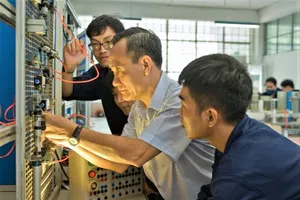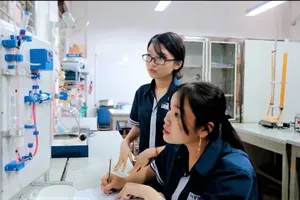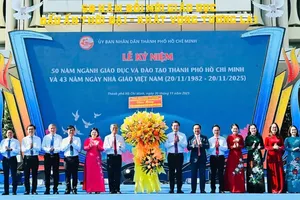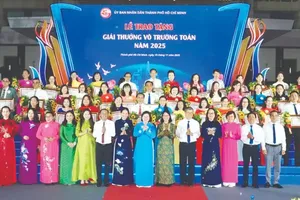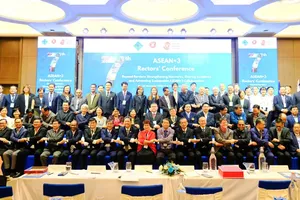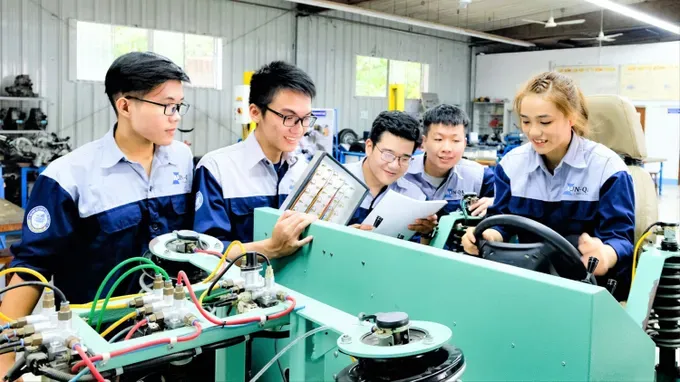
Resolution No. 71 by the Politburo has set a clear and ambitious goal that by 2030, Vietnam’s higher education institutions will have evolved into national and regional powerhouses of research, innovation, and entrepreneurship.
The challenge this time extends far beyond simply streamlining the administrative apparatus. The core objective is to fundamentally enhance the quality of education, aligning it directly with the nation’s human resource demands and its overarching science and technology vision.
If pursued with determination and meticulous planning, this represents a golden opportunity to forge a new generation of powerful Vietnamese universities, fully equipped to break through onto the international stage.
Under the Government’s action plan, the Ministry of Education and Training (MoET) has been tasked with spearheading the development of three to five elite institutions modeled on world-class research universities, charged with the critical mission of cultivating national talent.
On September 26, the MoET publicly released a draft National Assembly Resolution outlining special mechanisms and policies to drive this educational breakthrough, inviting public comment. The draft explicitly calls for the continued restructuring of public higher education, vocational schools, and continuing education centers, with the exception of institutions managed by the Ministries of Public Security, National Defense, and Foreign Affairs.
The proposed governance model would see the MoET assume direct management of key national universities, particularly those in engineering and technology, which will lead a network of centers of excellence as well as the colleges that function as regional centers and national centers for high-quality vocational training and practice.
Under Party and legal regulations, the direct managing authority will appoint leaders for public higher education and vocational institutions. For national universities, the MoET will submit appointments to the Prime Minister for a final decision. During the transition after university councils are abolished, the Minister of Education and Training will determine all appointment criteria and terms.
The Ministry of Health and the Ministry of Culture, Sports, and Tourism will manage their respective specialized institutions. All remaining institutions are to be transferred to local provincial management, with a mandate to ensure their full and comprehensive autonomy, irrespective of their financial self-sufficiency. Furthermore, the plan includes a proposal to merge research institutes with universities, except for special public science and technology organizations.

Previously, at the 2025 higher education conference, Minister of Education and Training Nguyen Kim Son delivered the headline-grabbing news that approximately 140 institutions are currently facing merger scenarios. “This is a necessary step to improve the quality and efficiency of the entire system,” he stated, signaling a dramatic consolidation. The MoET is now deep in the research phase, assessing the current landscape before presenting a final plan to the Government.
However, many experts are urging caution, arguing that any process of merging or dissolving institutions must be grounded in transparent, scientific criteria such as graduate employment rates, employer satisfaction, and research output. Otherwise, they warn, the overhaul risks becoming a mechanistic, top-down administrative exercise that could inadvertently dismantle smaller institutions that hold unique value for their local communities or specialized fields.
The Ministry of Industry and Trade, which oversees the largest number of institutions (9 universities and 22 colleges), has already begun its own consolidation, recently merging the Oil and Oil Plants Research Institute into the HCMC University of Industry and Trade.
Dr Thai Doan Thanh, the university’s Vice President, said that while they haven’t received official word on their own fate, they are proactively preparing. “We are focusing on enhancing our autonomy, streamlining internal processes, and boosting quality to be ready for whatever comes next,” he explained. With the Government’s action plan (Resolution No.281) indicating that mergers will commence in late 2025, the university is actively participating in quality reviews to help inform its future role.
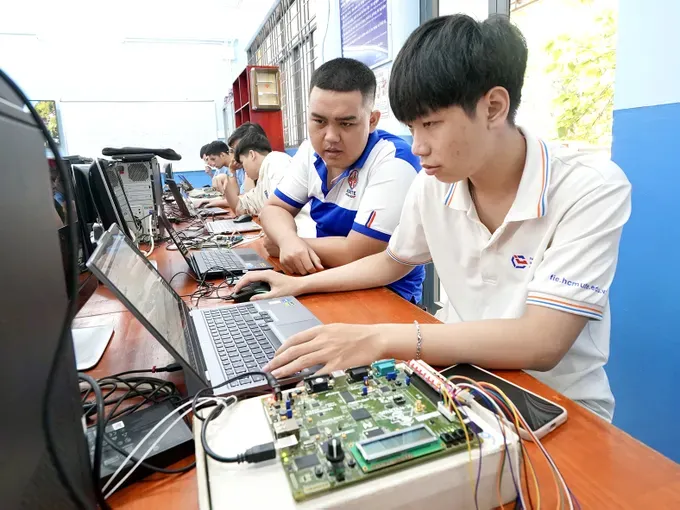
According to the president of another HCMC-based university, the rapid expansion of higher education between 2005 and 2010, which saw dozens of new institutions established, has led to a system where many are now struggling. “While it expanded access, many of the universities created in that era have seen their development become stunted,” he noted.
This reality makes restructuring an urgent necessity. “The merger of public universities under Resolution 71 needs to be calculated meticulously,” emphasized Assoc Prof Dr Nguyen Vu Quynh, Vice President of Lac Hong University. “We must have clear criteria, consider geographical factors to avoid burdening students, and ensure the entire process is transparent with a clear roadmap. It’s crucial that we listen to the voices of faculty, students, and parents and devise a plan to retain branches or local campuses to reduce disruption.”
Former Deputy Director Le Viet Khuyen of the Department of Higher Education, MoET, commented that Vietnam has 242 universities and nearly 400 colleges, the majority of which are small-scale with limited operational scope. Their quality simply doesn’t meet the country’s needs. Many were upgraded from colleges without a modern governance foundation.
Therefore, merging small, scattered universities into larger, multi-disciplinary institutions is an absolute requirement. However, this must be based on rigorous, scientific criteria, not a top-down administrative shuffle.
Prof Dr Nguyen Dinh Duc from Vietnam National University – Hanoi shared that restructuring will help eliminate the widespread duplication of academic programs, especially at smaller, less efficient institutions, and will boost our international competitiveness.
This consolidation will create large-scale, multi-disciplinary universities with robust ecosystems for research and innovation, improving their chances in global rankings. In the digital age, it also facilitates interdisciplinary collaboration by pooling data, labs, and libraries to solve complex problems.
National Assembly Delegate Bui Thi Quynh Tho from Ha Tinh Province proposed to have a plan for two clear types of universities, multi-disciplinary and single-disciplinary. This will prevent the current situation where technical schools offer business degrees and vice-versa, which dilutes resources.
It’s also necessary to have a clear distinction between public and private higher education to guide investment policy. Crucially, as the country merges or dissolves institutions, there must be clear principles in place to protect the rights and benefits of all staff and officials involved.



